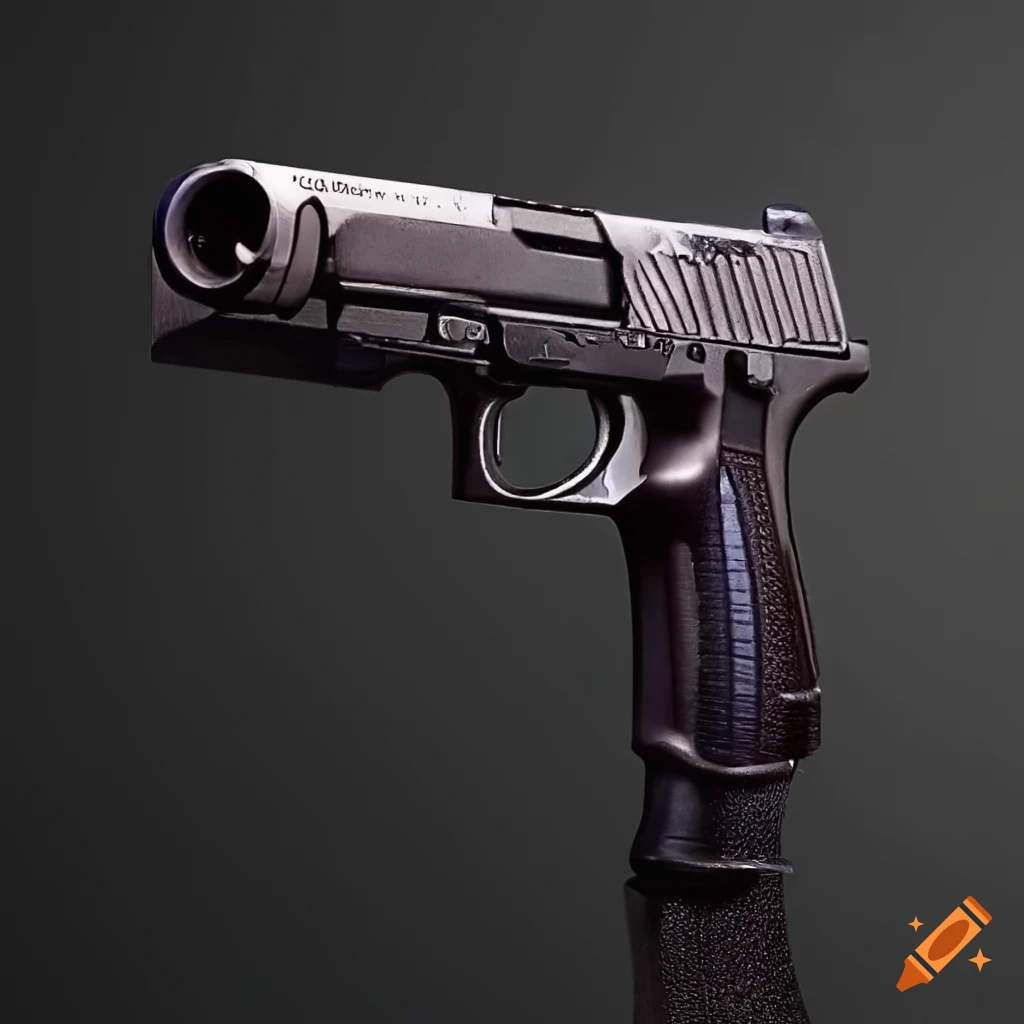 In the world of firearms, the term “height over bore” refers to the vertical distance between the bore axis of a firearm and the optical axis of its sighting system. This seemingly subtle factor plays a crucial role in determining shooting accuracy and is a consideration that every shooter, whether novice or expert, should be mindful of. Understanding how height over bore affects accuracy is fundamental to making informed decisions about optics and achieving optimal performance in various shooting scenarios.
In the world of firearms, the term “height over bore” refers to the vertical distance between the bore axis of a firearm and the optical axis of its sighting system. This seemingly subtle factor plays a crucial role in determining shooting accuracy and is a consideration that every shooter, whether novice or expert, should be mindful of. Understanding how height over bore affects accuracy is fundamental to making informed decisions about optics and achieving optimal performance in various shooting scenarios.
One of the primary ways height over bore influences accuracy is through its impact on point of impact at different distances. As the height over bore increases, the trajectory of the bullet becomes more pronounced, leading to a noticeable shift in the point of impact at varying distances. Shooters must be aware of this phenomenon, especially in scenarios where precision is paramount, such as long-range shooting. Failure to account for height over bore can result in shots falling off target, leading to frustration and missed opportunities.
Moreover, height over bore plays a significant role in close-quarter engagements. In situations where the distance between the shooter and the target is minimal, even a slight offset in the bore axis and optic axis can lead to a substantial impact on accuracy. This is particularly crucial for professionals like law enforcement officers or military personnel who may find themselves in close-quarters combat scenarios where split-second accuracy is essential for personal safety and mission success.
The choice of optics and accessories can also influence height over bore and subsequently impact accuracy. Red dot sights, holographic sights, and magnified optics all have different mounting heights, which can affect the alignment of the bore and optic axes. Shooters need to carefully select and mount their optics to minimize height over bore discrepancies and maintain consistent accuracy across different shooting situations.
Mitigating the effects of height over bore requires a combination of awareness, training, and equipment selection. Shooters should be cognizant of the specific height over bore measurement of their firearm and optic setup. Additionally, training exercises that simulate real-world scenarios, including those with varying distances, can help shooters develop the muscle memory needed to compensate for height over bore and maintain accuracy in dynamic situations.
In conclusion, height over bore is a critical factor that significantly influences shooting accuracy. Whether engaging targets at long distances or in close-quarters combat, understanding and accounting for height over bore is essential for shooters seeking consistent and precise results. By incorporating this awareness into their training regimen and equipment choices, shooters can enhance their overall accuracy and performance in a variety of shooting scenarios.
Download ATFGunDB to track your firearms, ammo, maintenance, and training!